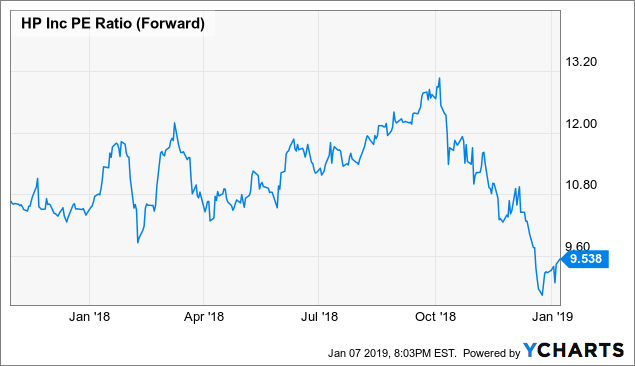![This graph reflects the the impact of the current HP Inc.’s margin erosion. [Image via YCharts]](https://fabbaloo.com/wp-content/uploads/2020/05/download_img_5eb09bac3878b.png)
Charles R. Goulding and Preeti Sulibhavi discuss HP’s forward momentum.
New Weapons to Fight, on the New Battlefield
Reacting to HP Inc.’s margin erosion, despite revenue growth, CEO and President Dion Weisler stated that HP Inc. was being impacted by customers utilizing other online printing suppliers. Weisler’s comments, “we can’t bring a musket to a drone fight,” and “we need new weapons to fight on the new battlefield,” signify his awareness of the online supplier issue, as well as his willingness to take on the challenge.
It is well and good that when it comes to the traditional 2D printing business, the much higher margins are in the replacement ink and printing supply annuity. Although HP Inc.’s traditional 2D printer business is by far the larger business prospectively, the same risks and rewards should hold true for HP Inc.’s relatively new fast-moving 3D printing business and related supplies. Despite being one of America’s long-standing product technology leaders, Weisler is acknowledging that HP, Inc. has to greatly improve its online process technology business and strengthen its “battlefield offering.”
To be the best of best online, our view is that HP, Inc. will need a user-friendly, robust mobile phone offering along with good graphics, clear explanations, and — for 3D printing — illustrative business solution case studies, as was described in our YouTube: Empowering You and 3D Printing article. From the transportation, logistics, and distribution (TLD) perspective, related to online supply sales, HP Inc. will also have to make major investments in TLD — particularly software.
Our recent article, Warehouse Innovations May Bring Tax Credits, in Building Operating Magazine (BOM) explained how the U.S. Federal and state R&D tax credit system works for TLD companies, using examples from Federal Express, XPO logistics, and various other leading TLD companies.
Taking the Battlefield – Online
Usually the first step in solving a business challenge is to acknowledge the problem.
Dion Weisler has certainly done that. The entire 3D printing industry should learn from HP Inc.’s efforts in solving this business challenge. Just like you can’t bring a knife to gunfight, you can’t base a business model on lower margin equipment sales — hoping that an accompanying annuity supplies business will carry the day.
The Research & Development Tax Credit
Enacted in 1981, the now permanent Federal Research and Development (R&D) Tax Credit allows a credit that typically ranges from 4%-7% of eligible spending for new and improved products and processes. Qualified research must meet the following four criteria:
-
Must be technological in nature
-
Must be a component of the taxpayer’s business
-
Must represent R&D in the experimental sense and generally includes all such costs related to the development or improvement of a product or process
-
Must eliminate uncertainty through a process of experimentation that considers one or more alternatives
Eligible costs include US employee wages, cost of supplies consumed in the R&D process, cost of pre-production testing, US contract research expenses, and certain costs associated with developing a patent.
On December 18, 2015, President Obama signed the PATH Act, making the R&D Tax Credit permanent. Beginning in 2016, the R&D credit can be used to offset Alternative Minimum tax for companies with revenue below $50MM and, startup businesses can obtain up to $250,000 per year in payroll tax cash rebates.











The debate over use of proprietary or open materials ecosystems is becoming a big topic in 3D printing.